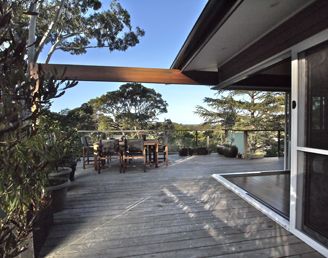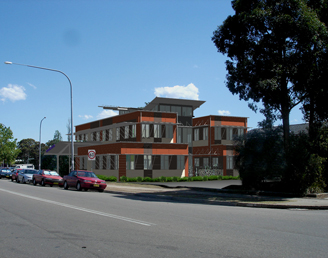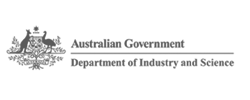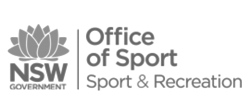The horror summer: more inquiries but will they ask the right questions?
Posted by admin on 11/03/2020 at 1:37 pm
The NSW Government has initiated an inquiry into the horrendous summer of 2019-20. This is a good move, provided it asks the right questions. The federal government has initiated a Royal Commission into the same things, yet it has effectively excluded climate change form its terms of reference. That is a bad move (and we are being kind).
There have been dozens of inquiries into fires dating back to the late 1800s! Yet most of the recommendations of nearly all of them – including the 2009 Victorian Royal Commission into Black Saturday – have never been implemented. So what’s the point of yet another round of inquiries?
The point is that these fires were different from all that have gone before: started earlier, lasted longer, burnt more tonnage, released more carbon, were harder to control. And importantly, touched everyone, from farmers to country townies to ‘woke inner city latte-sippers’*.
How bad was it really? Every fire fighting authority, every academic research institution, and every fire fighter has said that it was worse than anything experienced before.
Experienced fire fighter Anthony Duff was in the helicopter sent to rescue the crew of the tanker that flipped and killed an RFS volunteer. His first hand evidence of the truck having been lifted in the air and thrown 40m or so is extraordinary, indicating wind speeds up wards of 250kmh. Can any structure above ground be designed and built to withstand such cyclonic forces coupled with intense heat?
Rob Butler used to be a building designer who tree-changed to the mid-north coast some years ago. He works for RFS in pro-active fire management, initiating hazard reduction burns etc. He has valuable first hand experience of getting into remote country to carry out local burning, which is critical for the implementation of ‘indigenous cultural burning’ practices.
Here are the issues that need to be considered, in no particular order of importance.
Climate change
What influence has climate change had to cause these fires to behave unpredictably? How can Regulations on planning and building anticipate further change driven by climate heating?
How has the application of building standards in AS3959-2010 Construction of buildings in bushfire prone areas affected the survivability of buildings? In ten years of construction since the new bushfire code came in, across Qld, NSW. Vic and SA there are now tens of thousands of compliant buildings with real exposure to fire events. It must be possible now to gather statistically significant data on what effect AS3959-2010 has had on those buildings as compared to older buildings.
Most especially, do the very expensive provisions contained in AS3959-2010 for BAL-FZ effectively prevent loss? Is it more cost effective and possibly safer to allow fire shelters plus BAL-40 construction as an alternative to BAL-FZ, especially with regard to glazing protection?
Hazard reduction
There is incontrovertible evidence that hazard reduction does not prevent burning, but can limit intensity and improve control options. Is a better approach to engage indigenous burning, where a mosaic of different burns create better biodiversity at the same time as limiting intensity of bushfire? Experience from Mornington Sanctuary and adjoining cattle stations in the Kimberley shows this is true (albeit with a very different climate and biota).
Economic restructuring
Cost reallocation: the recent fires paint a bleak picture of economic loss to individuals, businesses, government and insurers. If the total cost to all parties is aggregated it will run into many billions of dollars in NSW alone. If that cost could be reallocated into fire management ahead of the event, and in so doing avert the big damage bill, then as a society we will be better off – and that’s just in $$, add to that the trauma and loss of life avoided.
The challenge is finding a cost reallocation mechanism that is fair and equitable yet which effectively anticipates the risk and deals with it. I have no magic answers, but suggest it must be possible, and it must be discussed at societal level – and the NSW Government is best placed to facilitate the discussion.
Make a submission of your own
You can make your own submission here: https://www.nsw.gov.au/improving-nsw/projects-and-initiatives/make-a-submission-to-the-bushfire-inquiry/
*The National Party really have a lot to answer for!
Sustainable House Design
We will help you create a family home that works well, feels good, is kind to the environment, culturally appropriate and reduces your energy and running costs.
Read MoreSustainable Commercial Buildings
We design your building to help reduce your operating costs, optimize the life cycle of your building, increase your property value and increase employee productivity.
Read MoreWorking with Envirotecture
We design beautiful, sustainable buildings that work for you, your family or your business. Full range of building design, consulting and training services.
Read More






















